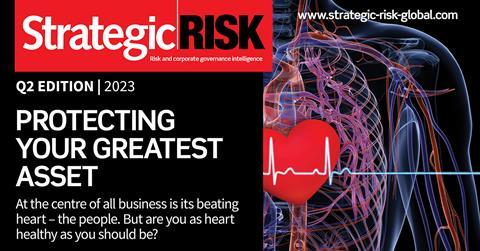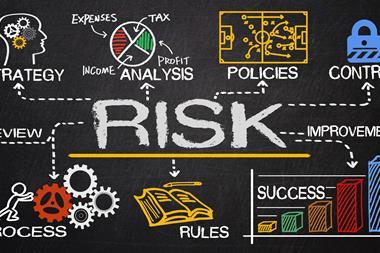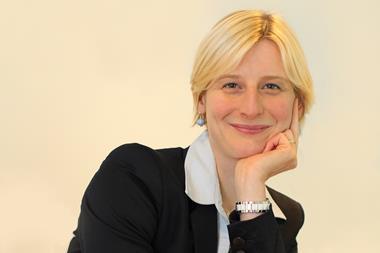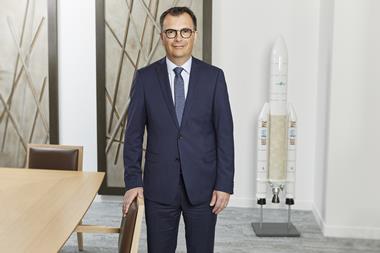No risk is an island. And in this complex, interconnected risk landscape we are operating in, no risk department should be either. The health of our organisations and our people depends on building risk cultures that break silos and become truly cross-functional

When I sat down to write this letter, my first as the editor of StrategicRISK, there were three key themes that immediately sprang to mind.
The first is the interconnected nature of risk, something that weaves through each of the articles in this issue.
People-related threats are dominating the c-suite agenda, not just because of the significant impact they can have on the health of a business, but also because employees play such a central role in many other risks – cyber, succession planning, talent retention, malicious behaviours, reputation and so on.
Our cover feature (pages 14-17 walks through these exposures and – critically – how risk managers can mitigate or manage them. Meanwhile, our analysis looking at the tensions in the Strait of Hormuz (page 4) unveils several interconnected supply chain risks that risk managers should be aware of.
Our feature examining inflation and the risk manager’s role in dealing with its effects (pages 32-34) finds that the increased cost of living has created greater pressure on payroll, increasing chances of industrial relation challenges, and a rise in issues related to poor mental health.
The second theme is closely related to the interconnectivity of risk (of course). It concerns the silos we still find in many organisations and how risk culture needs to transverse them.
At a recent conference in Switzerland, a risk manager told me that they weren’t dealing with people risk because it is “HR’s responsibility”. However, the damage to an organisation, if these threats are ignored, can be enormous.
Risk managers need to move away from this mindset and work more closely with every department in their organisation if they are to truly manage risk at the enterprise level.
As PARIMA’s outgoing chair, International SOS’s Franck Baron puts it in our interview with him on pages 35-37: “Our world is about breaking silos and being cross-functional with colleagues, countries and cultures… Around 2Ǖ% of members are professionals. We also have chief information security officers and business continuity planning experts, as we want to reflect all aspects of working with risk.”
This need to operate cross-functionally was also reflected in risk manager Alex Sidorenko’s piece for us on page 11, where he wrote about successfully creating a risk culture.
He said: “Risk managers should join forces with managers responsible for performance improvement initiatives such as lean management, quality, safety, environment, security and IT. By aligning methodologies and using proper maths… risk managers can create a consistent risk culture and language throughout the organisation.”
The final theme I have been mulling over is the development of the tools we currently have available for risk managers to tackle all these interconnected threats.
There are several great examples in this issue, including:
- How Aboitiz Power used parametrics to tackle nat cats in a notoriously difficult country to insure – the Philippines (pages 26-27),
- How Marriott Hotels reduced workplace injury claims (pages 18-19) using broker data,
- And a perhaps surprising defence of heatmaps (when used correctly, that is) from risk leader Hans Læssøe (pages 12-13).
The final tool in your armoury must be communicating with boards in a language that they understand. As FERMA CEO Typhaine Beaupćrin puts it in her profile (page 20-22): “Look to demonstrate the value you bring on key projects of strategic importance for the company.
”Start small and then collaborate with other departments in order to develop relationships and show what you can bring.”

Blog: Airmic Conference 2023 from Manchester
- 1
- 2
- 3
- 4
- 5
- 6
- 7
- 8
- 9
- 10
 Currently reading
Currently readingSR Q2 2023: Protecting your greatest asset
- 11
- 12































No comments yet